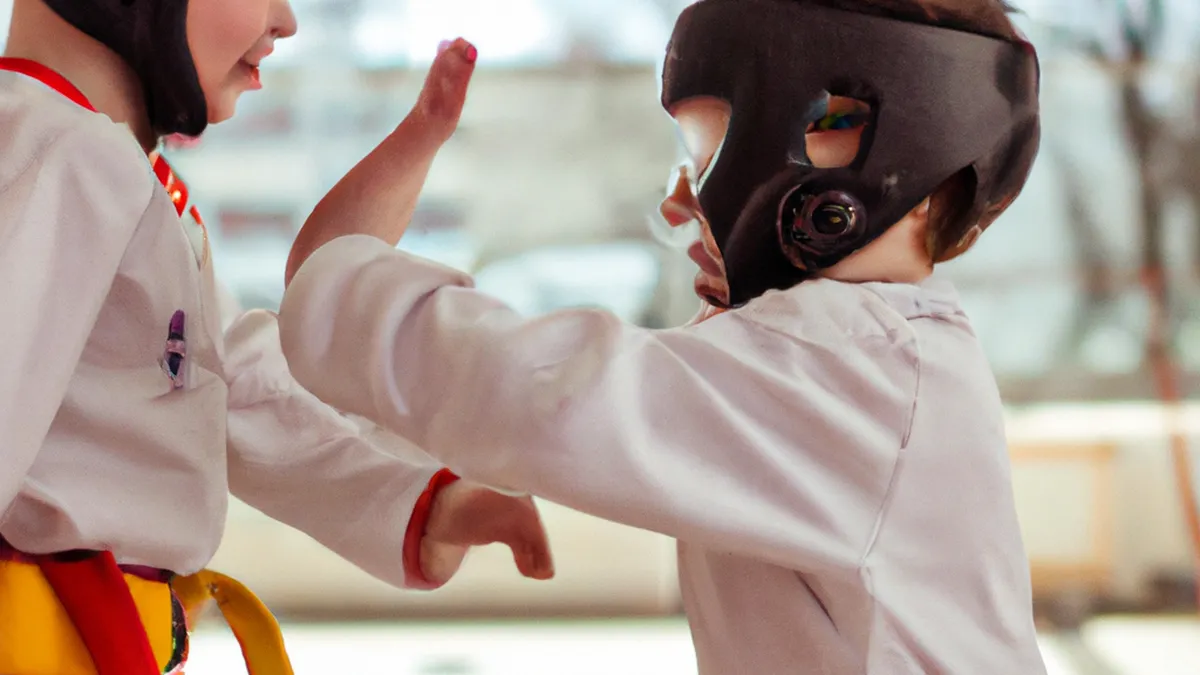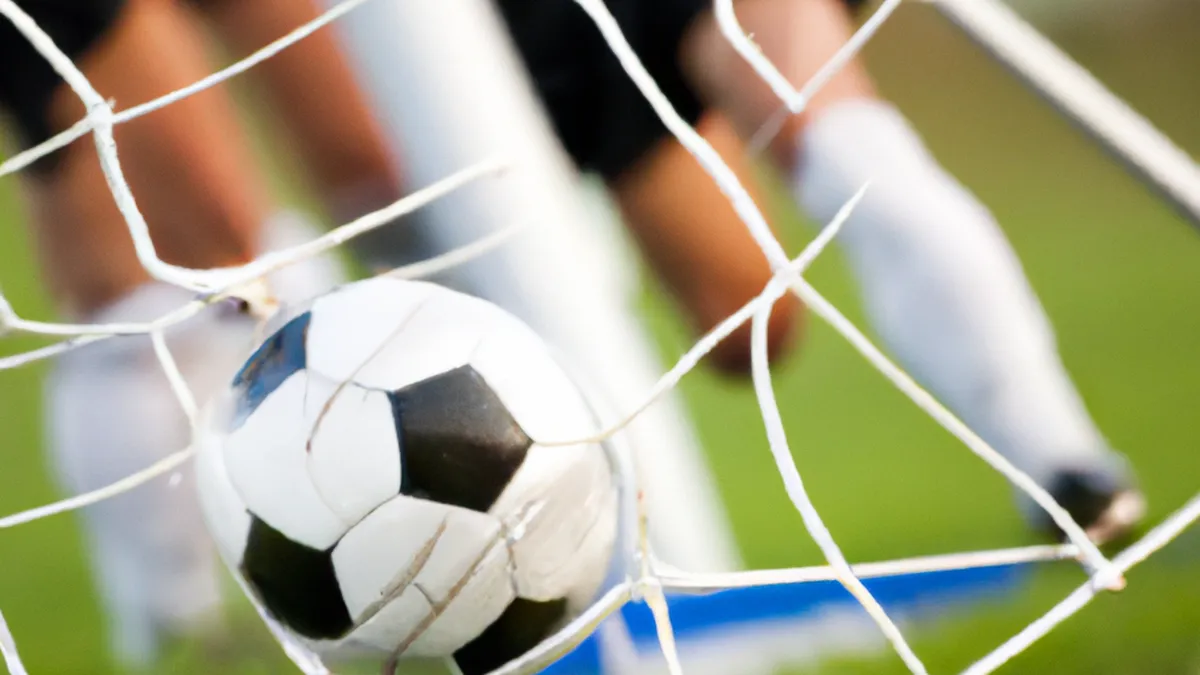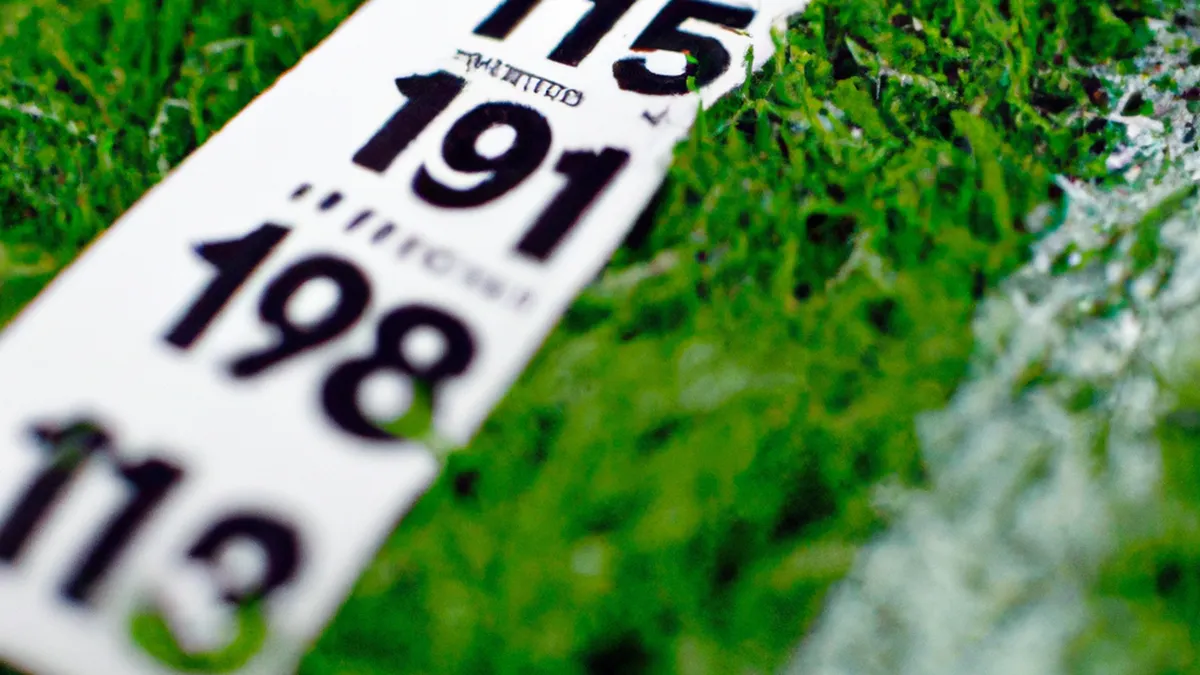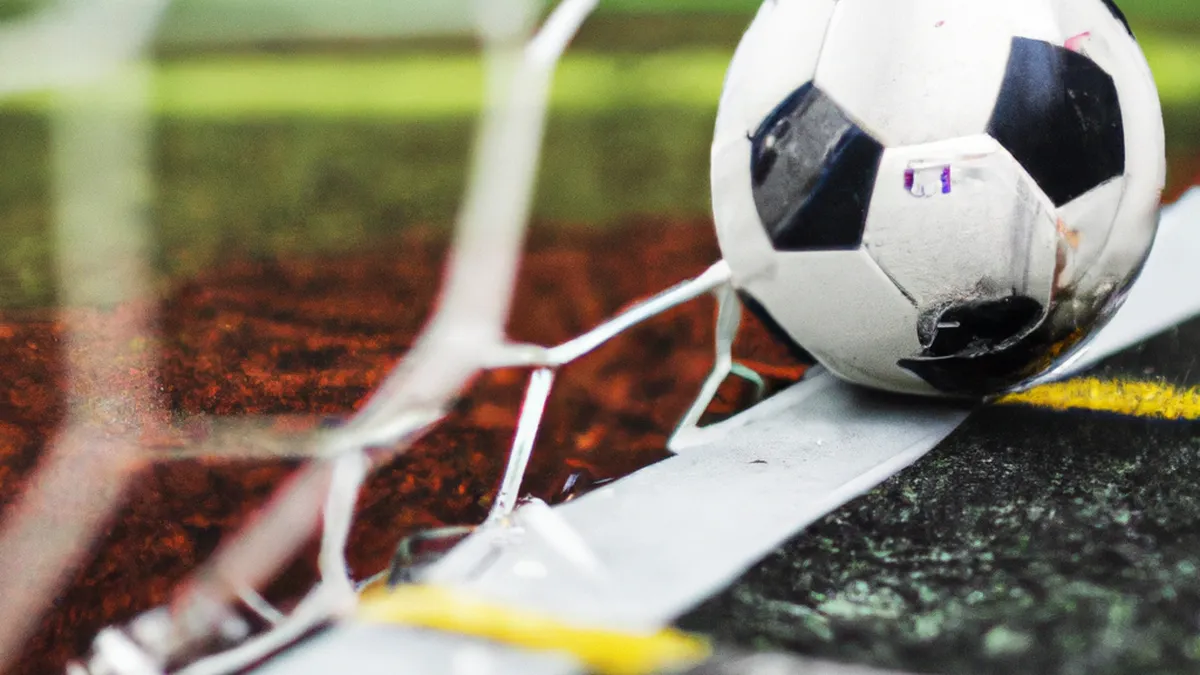Retain and Reflect: Post-Sparring Analysis
Analyzing Sparring Sessions: A Path to ImprovementSparring sessions play a crucial role in martial arts training. They allow you to apply techniques and strategies from practice. These sessions simulate real combat, offering insights into your skill execution under pressure. However, participating alone doesn’t guarantee growth. To benefit, analyze your performance thoroughly. This blog post guides you through effective methods for analyzing sparring sessions. It emphasizes self-reflection and continuous learning.
Why Analyze Your Sparring Sessions?
Analyzing your sparring performance leads to advancements in your martial arts journey. Each session reveals your strengths and weaknesses, crucial for targeted skill development. This process also helps you set clear goals for future training. Regular analysis fosters a deeper understanding of your fighting style, aiding your growth as a martial artist.
Gain Insight into Your Strengths
Review your sparring sessions and focus on your successes. Did you execute a technique well? Did you maintain good distance? Recognizing strengths boosts confidence and reinforces effective behaviors. For instance, if your footwork helped you evade strikes, incorporate more footwork drills into your training.
Identify Areas for Improvement
Celebrating strengths matters, but identifying weaknesses is crucial too. Did you struggle to defend against certain strikes? Were there moments of overwhelm or loss of composure? Acknowledging these areas helps you create a focused training plan. If you find it challenging to counter a specific technique, practice defensive maneuvers or work with a coach for strategies.
Tips for Analyzing Sparring Sessions
As an Amazon Associate I earn from qualifying purchases.
Gear tip: consider agility cones, speed ladder, and mini hurdles to support this topic.
You can analyze sparring sessions systematically. Here are practical tips to help you improve.
Video Record Your Sessions
Video recording is an effective analysis method. Filming your sessions allows detailed reviews and progress tracking. After sparring, watch the footage critically. Look for movement patterns, both good and bad. Pay attention to your stance, footwork, and reactions to opponents. This method provides visual evidence, helping you spot habits that might not be apparent in the moment.
Take Notes Immediately
After each sparring session, jot down your thoughts while they are fresh. Write about successes and failures. Include specific techniques that worked or didn’t, along with insights gained. These notes serve as a valuable reference.
Conclusion
Analyzing sparring sessions offers crucial insights for improvement. Embrace self-reflection and continuous learning to enhance your martial arts journey.
Below are related products based on this post:
FAQ
Why is it important to analyze sparring sessions?
Analyzing sparring sessions is essential for advancement in martial arts. Each session provides insights into your strengths and weaknesses, which are crucial for targeted skill development. This process also enables you to set clear goals for future training and fosters a deeper understanding of your fighting style.
How can I identify my strengths during sparring?
To identify your strengths, review your sparring sessions and focus on the techniques you executed well. Recognizing successful moments, such as effective footwork or distance management, can boost your confidence. Incorporating more drills related to these strengths into your training can reinforce effective behaviors.
What methods can I use to analyze my sparring sessions effectively?
Video recording your sparring sessions is an effective method for analysis, as it allows for detailed reviews and progress tracking. Additionally, taking notes immediately after each session can help capture your thoughts on successes and failures, serving as a valuable reference for future training.















Post Comment